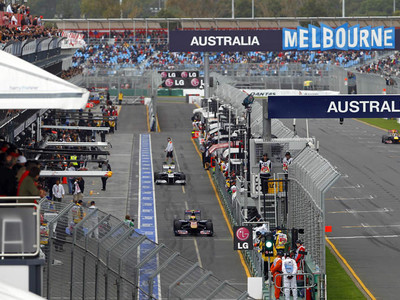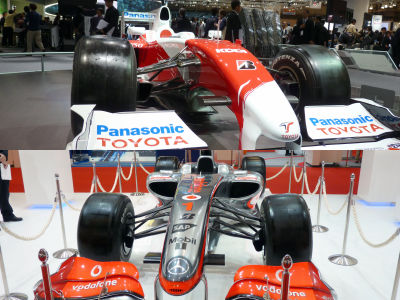A movie reviewing the history of F1 over 70 years "Formula 1 - Everything You Need to Know"

The 2018 F1 season began on March 25 at the Albert Park Circuit in Australia. F1, which is regarded as the world's best car race, has a history of nearly 70 years, a stage of a drama where various drivers, teams, technology, and politics will be held. Such a history of automobile specialized mediaDonut MediaIt is summarized.
Formula 1 - Everything You Need to Know | Up to Speed - YouTube
Formula 1 is the most race in the world, the so-called "F1" is the top race with all of speed, power and technique.
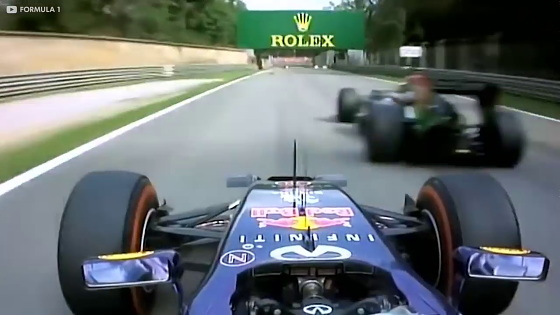
That speed faster than when the airplane takes off ......
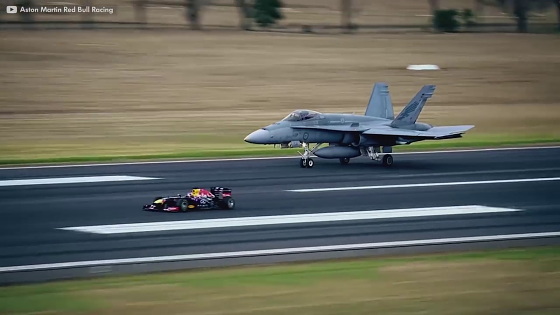
The world's best manufacturer (manufacturer) competes for "Who builds the fastest car and runs fast" with the world's attractive circuit set on stage.

Its origins date back to the early 1900s. Wealthy people in Europe competed for the fastest way to reach the destination city by riding the car that began to spread at the time.
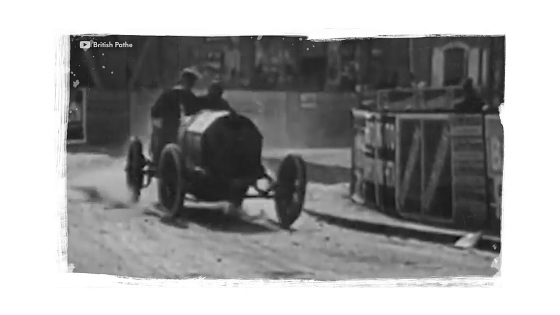
The name "GRAND PRIX" attached to this competition is used as "Grand Prix" meaning the highest peak race in the present age.
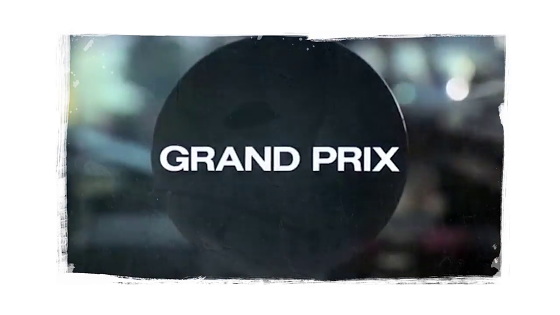
After that, during the World War II the car race fell down, but the race will be resumed shortly after the end of the war.

At this time, an organization founded after reorganizing the predecessor "International Cars Authorized Club Association" is "Federasion, Antonacionar de Rotomobil" ......
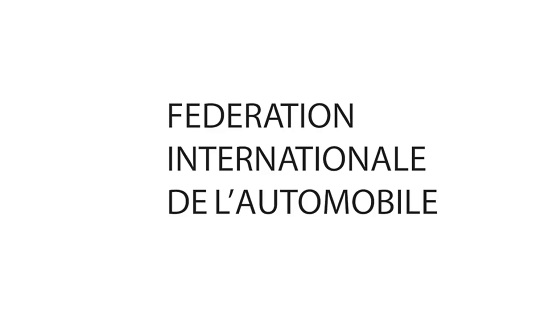
That is, it will oversee the four-wheel motor sports including F1FIA(International Automobile Federation).

The FIA has formulated various race categories. Among them, the one that was located at its highest peak was what was called "FORMULA A" ......

Soon the name was changed to "FORMULA 1".

The regulation that was stipulated was a rule with very high degree of freedom, with only "engine exhaust volume less than 2.5 liters naturally aspirated". As a result, many new teams competed with existing teams more often than they did.

At that time I entered Italian luncheon and ....
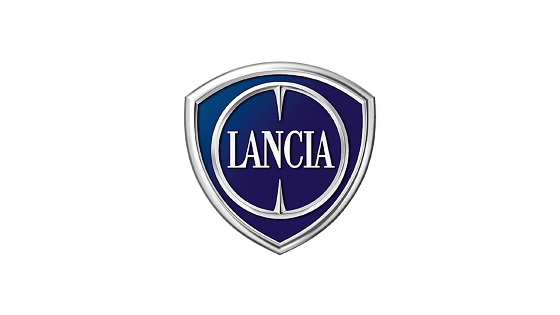
Manufacturers such as Mercedes-Benz in Germany. Mercedes will be a re-entry from before the war.

Lancia appointed Italian name driver Alberto Ascari. Ascari is the annual champion of 1952 and 1953.
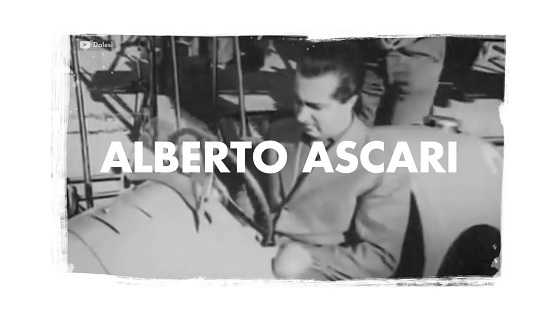
And Mercedes has also appointed Fan · Manuel · Fangio, an Argentine driver, a honorable driver of the name driver. Fangio shone for a lifetime 5th annual championship, including the Mercedes era.

The driver of this season is a gathering of fiercers who can be said to be "justified". Despite running through a course that has not been properly maintained even at a tremendous speed ......
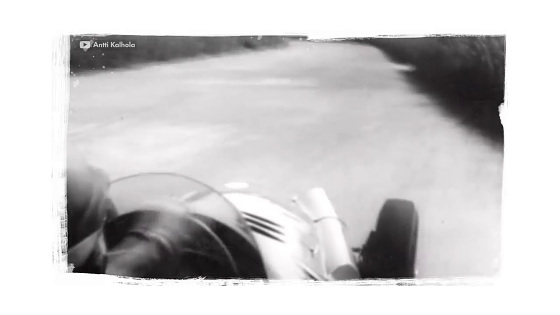
Speaking of protecting yourself, it is only a leather helmet that can not be expected, such as protection performance. At that time it was a common era that safety was of little importance, and a driver, Jackie Stewart, who requested increased safety in the 1960s was called a "coward" from a driver companion.
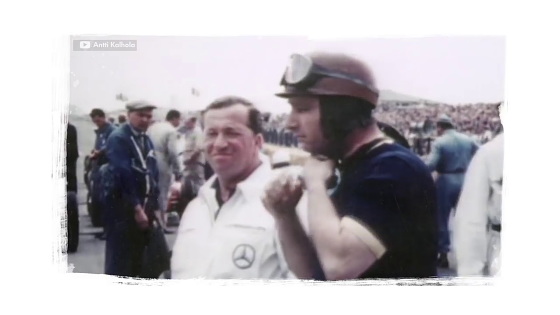
Fangio and Mercedes showed unrivaled strength, winning the 1954 season and the 1955 season successively.

However, in the Le Mans 24 Hours race in 1955, the Mercedes team race car jumped into the audience seating and caused an accident involving more than 200 casualties including 87 deaths, Mercedes said that even from F1 1955 Withdrawing at the end of the year, it will go away from motor sports until the 1980s.

In 1955, Ascari, who belonged to the Lancia team, also died accidentally during the test run of the sports car championship. In addition to financial difficulties from the beginning, Lancia who lost his belonging driver also decided to withdraw from F1.
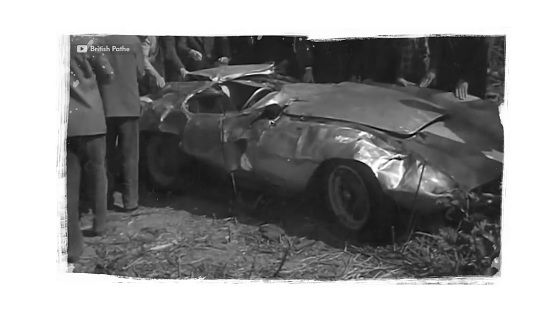
Lancia who withdrew from F1 has also transferred all equipment and staff to Ferrari who also participated in F1.

In 1957, Cooper brings a revolution to F1.

Until then, I brought a midship layout that placed the engine in front of the driver for the first time behind the driver. The mid-ship revolution in F1 gradually advanced, and in 1961 all machines adopted the mid-ship layout, and the flow reached to the present.
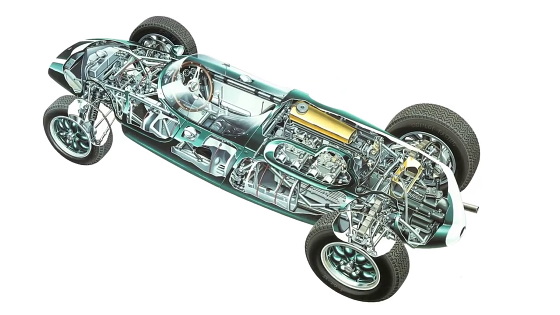
The next revolution was called "Ford Cosworth's 3.0 liter V8 engine" DFV "debuted in 1967.
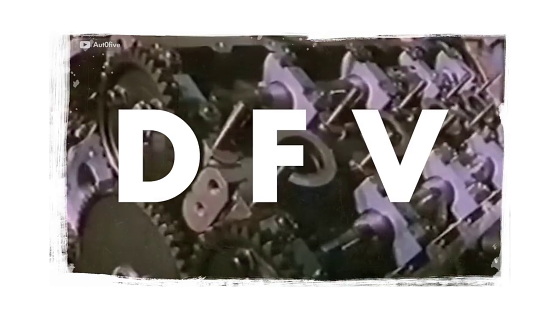
This engine is mounted on the team Lotus' famous car "Lotus 49" and will win the Grand Prix first win. DFV is a honorable engine as a famous machine, and it has been relatively inexpensive, so many teams, mainly privateers, will adopt DFV for about 10 years. In that aftermath, it was Lotus who acquired the first constructor's title in the DFV engine in 1967, but in the following 1968, DFV was supplied to many teams, so it lost its advantage.
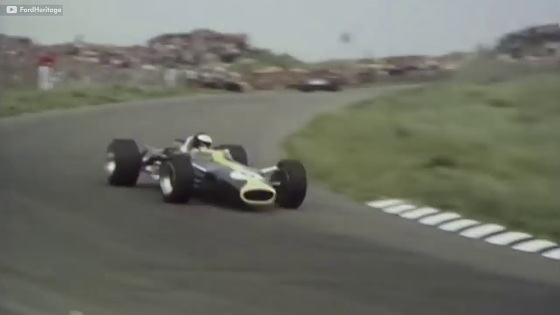
However, except for the Ferrari which sticks to the company's own development of the engine, we continued to participate in the horizontally opposed 12-cylinder "flat 12" engine etc even in the DFV dominant period.

With the popularization of DFV, the F1 team whose engine performance ranked side by side, tried to take advantage of even a little by introducing various ideas. Various trial and error are carried out in F1 from the 1960's to the 1970's, and 4 wheel drive vehicles prohibited in modern F 1 ... ....
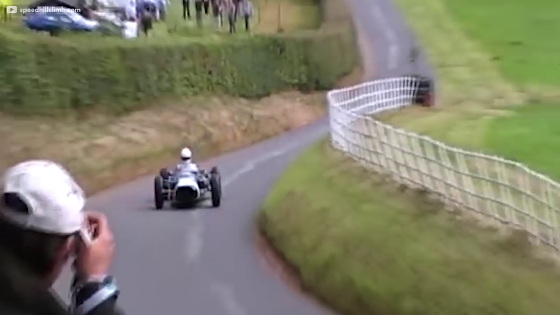
In order to improve the aerodynamic characteristics, I reduced the size of the front wheels to two wheels on one sideTirel · P34Such a strange idea appeared.
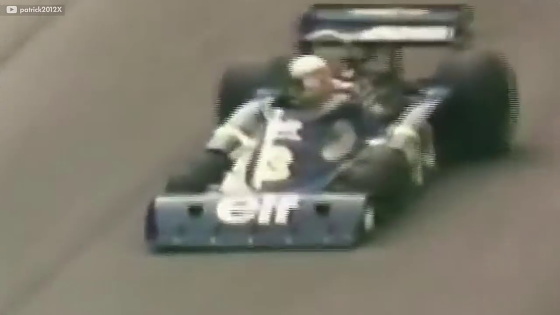
Furthermore, in order to suck the vehicle body to the ground, equipped with huge fans to pump air under the machineBrabham · BT 46"Fun car" and others appear. However, both have been short-lived as regulated by regulations.
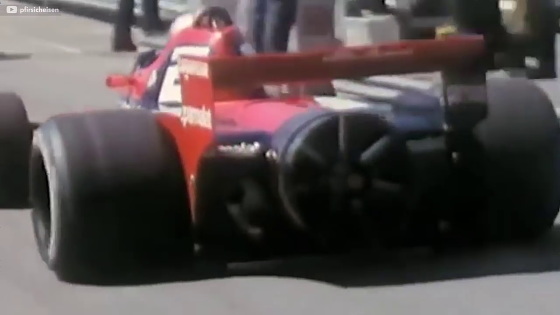
Drivers of the 1970 years had a really individualistic star. Especially Niki Lauda from Austria and James Hunt from England are drivers that represent this era. Lauda is Ferrari, Hunt is particularly famous for McLaren, and the movie "Rush" depicting the rivalry in 1976 has been released in 2011.
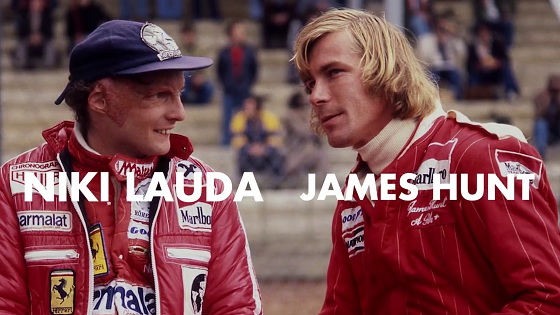
In 1977, Lotus creates downforce throughout the lower part of the machineGround effect carI will bring it to the Grand Prix. This structure has the feature that it creates intense downforce by constructing the whole body like the wing of the airplane installed in the opposite direction, and air resistance does not increase too much. Lotus which adopted this structure demonstrated astonishing strength and many teams adopted the structure of a ride, but in fact in 1983 it effectively prohibited because of the frequent occurrence of dangerous accidents that the machine jumped out when spinning Measures will be taken.
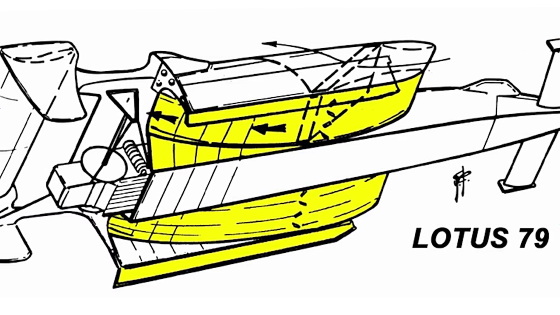
In 1978, Renault of France brought a turbo engine with a turbocharger to the Grand Prix.

Initially it is a turbo engine that could not keep track of the results due to reliability problems, but gradually improving the performance, the Renault team's turbo engine will mark 700 horsepower. Then, other engine makers focused on the superiority of the turbo engine, and intense turbo competition · horsepower competition will start from here.

Especially the mid stage of 1980's is the era of turbo color. Speaking of drivers who were active in the Grand Prix in this era, Ayrton Senna ... ....
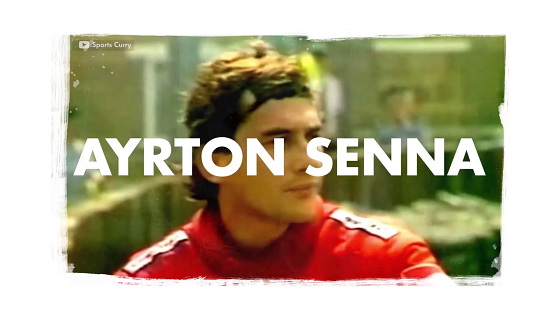
Nigel Munsell
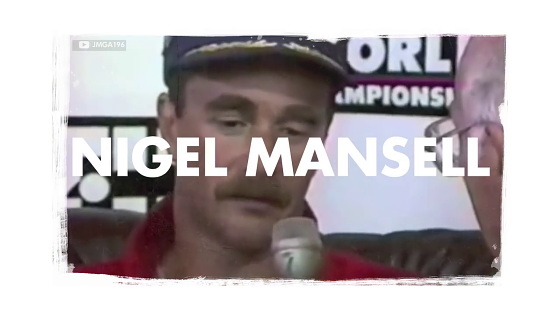
And Alan Prost etc. Besides this, I can not forget the names such as Nelson · Piquet and Keke · Rosberg.

It was a turbo that Renault brought to F1, but it is no doubt that Honda used its full performance. Especially Honda, which set a record of 16 wins and 15 wins in 1988, is so overly strong that it will be misled in the European center F1 world. Turbo was to be banned in 1988, but at the constructor's conference after the 1986 Italian Grand Prix where its change in regulation was inferred, we opposed Mr. Jean-Marie Ballerst, then chairman of FIA / FISA It is reported that Mr. Balestol told Honda's coach Sakurai about the insult that "Yellow is unnecessary in F1".

Turbo was banned and it was F1 which was integrated into a naturally aspirated (NA) engine, but its speed did not get shadowed.
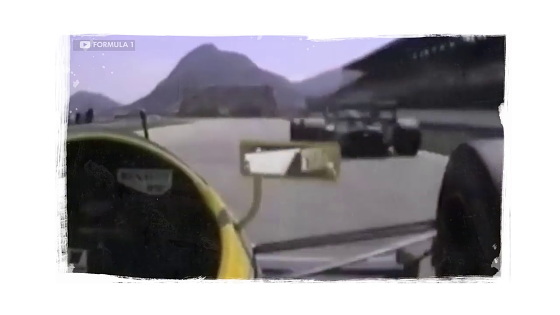
As for the 1989 season, as in the previous year McLaren · Honda's Prost and Senna beat one aspect. The two men driving a Honda engine showed speeds comparable to those of the turbo era. Honda was a renewed engine regulation because it was too strong, but Honda will show strength in the 1989 season, and Honda was the engine manufacturer who supplied the engine to the champion from 1986 to 1991, including the turbo era have become.

After that, F1 will progress towards high tech. Active suspension that led the great success to the prestigious Williams team ... ...
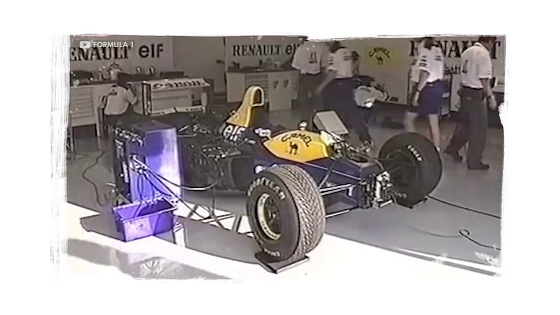
It is around this time that high-tech for speed, such as semi-automatic transmission (semi-automa) and engine traction control, was put into practical use one after another.

However, a big tragedy comes in 1994. The stage is San Marino Grand Prix.

In this race, three drivers were involved in a major accident, and two people came back. Rubens Barrichello, who struck the fence with its high speed, temporarily became unconscious, but he took up his life.
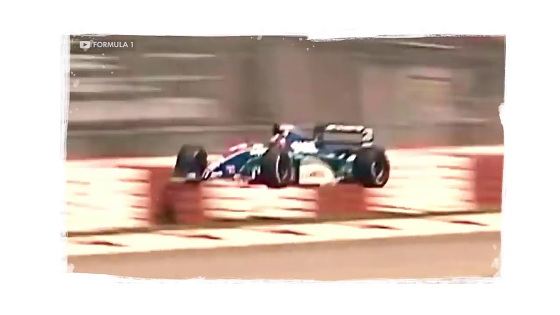
Roland Ratzenberger crash was the first tragedy in F1 for about 10 years. Ratzenberger, who crashed at the Villeneuve corner during qualifying, left the world as it is.
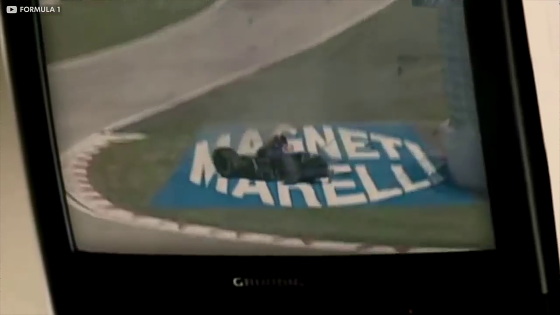
On the race day, Senna, who was the top driver, suddenly lost control during the race, crashed into the concrete wall at the Tambrero corner and died. In this race there were other accidents involving crowds and pit crew, and it became a "worst weekend" rarely seen in the history of Grand Prix.
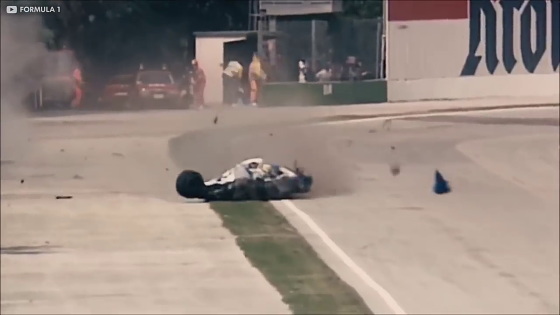
Following this weekend, F1 took measures to "slow down speed and make it safe". Engine displacement was reduced from 3.5 liters to 3.0 liters ... ...
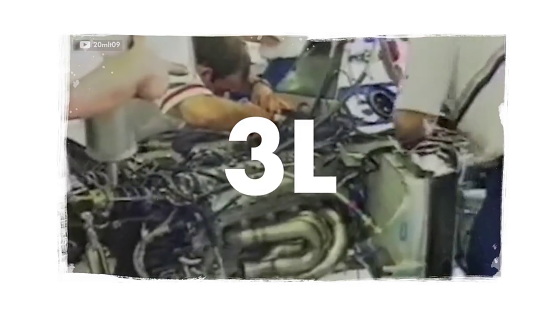
Furthermore, a wooden board called "skid block" is installed at the bottom of the machine. It was an attempt to reduce downforce by lowering cornering speed by wearing this board.

It was Michael Schumacher of the Benetton Ford team who controlled the 1994 season. It will be the first title of himself, after which he will win a title of seven degrees in his life.
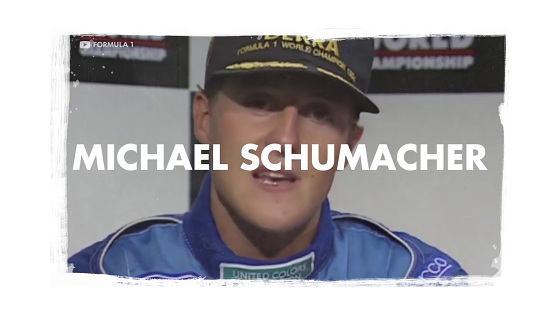
For the following 10 years, Schumacher reigned as the Grand Prix's strongest driver. Especially in the 2004 season he marked the season's highest number of seasons, 18 races and 13 wins, and finally won the podium finish 15 times in a season by climbing twice to the second place finish. Because of the excessive strength, it was said that "Grand Prix became boring" was similar to the Honda victory in the latter half of 1980's.
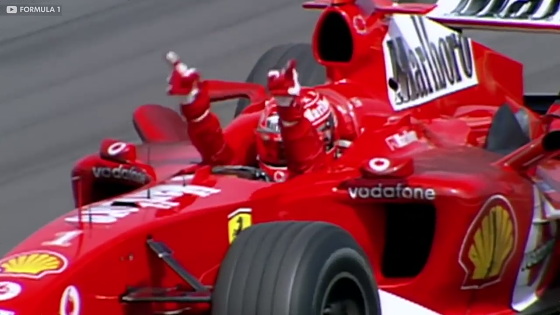
After that, too much budget became available, so FIA changed the regulation and changed the engine to the 2.4 liter V8 engine.
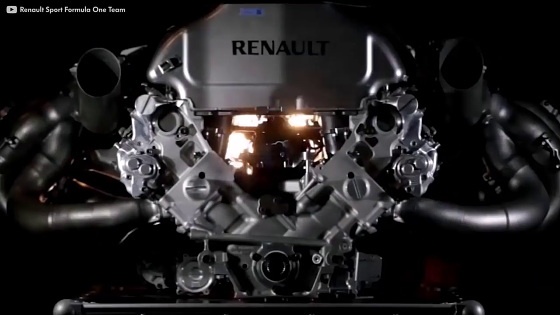
Constructors such as Jaguar and BMW withdrew from the global recession in 2008. In 2009 the Toyota Works team is also leaving the Grand Prix. For F1 teams such as Ferrari, McLaren and Williams, F1 can be said to be "DNA itself", but F1 is part of "business" for automobile manufacturers' teams that they can not push the value that much It is this time that reality became clear.

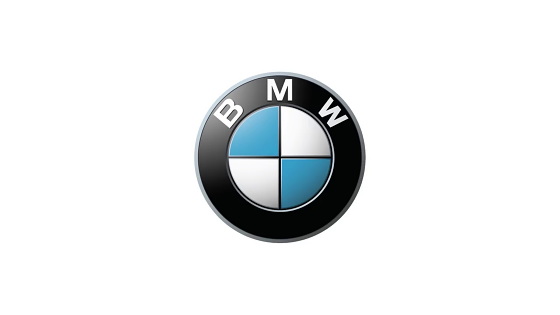
And in 2014, the turbo engine will be restored again to F1. FIA has obliged all teams to be equipped with a 1.6 liter V6 hybrid turbo engine combining motors from 2014. Unlike the conventional "engine", this generation engine is called "power unit" because it uses electric power together to create power.
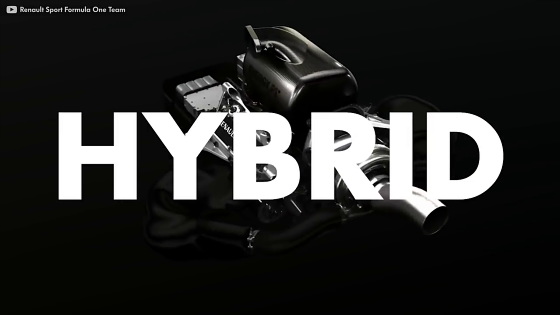
And in 2014 rules gasoline that can be used during the race was specified as 100 kg, so it is essential to raise fuel economy. From this time, it can be said that the concept of "eco" is also included in F1 as a part.

Although it is said to be 600 horsepower in the engine alone, it is thought that using power of electricity together has resulted in output of around 750 horsepower.
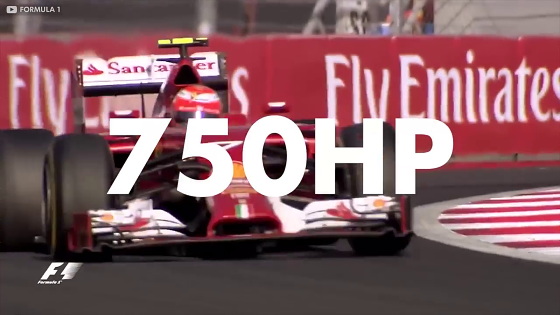
Also from 2018, there has been a big change that the titanium cockpit protection system "HALO" for driver protection will be introduced.

The history of F1 is too complicated to speak in a single word. It is one of the features of F1 that there are many drivers and makers, and the political battle underwater is fierce. F1 is always a category that reign at the top of the motor sport, is likely to be even 2018 season high-level battle unfolds.

Related Posts:

